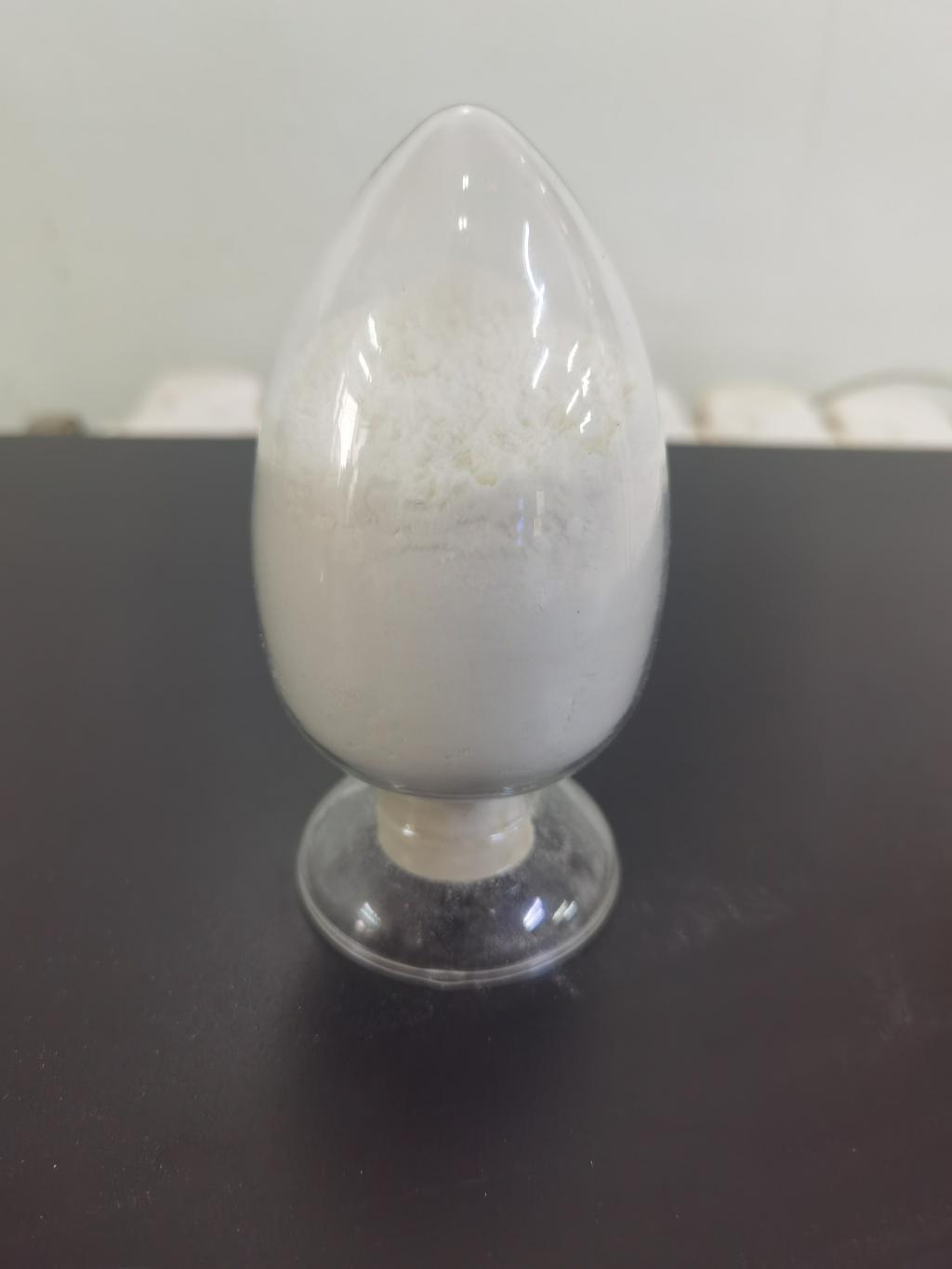Tel:+8618231198596

News
 CONTACT
CONTACT
 CONTACT
CONTACT
- Linkman:Linda Yao
- Tel: +8618231198596
- Email:linda.yao@dcpharma.cn
- Linkman:CHARLES.WANG
- Department:Overseas
- Tel: 0086 0311-85537378 0086 0311-85539701
News
Precision Approaches to Food Shelf Life Extension: ε-Polylysine Hydrochloride's Impact
TIME:2024-03-04
I. The Challenge of Food Shelf Life:
Maintaining the freshness and safety of food products is a persistent challenge for the food industry. Factors such as microbial contamination, oxidation, and enzymatic reactions contribute to the deterioration of food quality, leading to a reduced shelf life. As consumer demand for minimally processed and preservative-free foods rises, finding effective and natural solutions becomes increasingly crucial.
II. ε-Polylysine Hydrochloride: An Overview
Natural Antimicrobial Properties:
ε-Polylysine hydrochloride is a naturally occurring antimicrobial agent derived from the fermentation of Streptomyces albulus. It exhibits strong inhibitory effects against a wide range of bacteria, molds, and yeasts. This natural origin makes it an attractive option for food preservation without resorting to synthetic additives.
Mode of Action:
The antimicrobial action of ε-polylysine hydrochloride involves disrupting the cell membranes of microorganisms, inhibiting their growth and proliferation. This mechanism of action makes it effective against a broad spectrum of pathogens, contributing to its versatility in various food applications.
Stability and Solubility:
ε-Polylysine hydrochloride demonstrates stability under a wide range of pH and temperature conditions, making it suitable for different food processing methods. Its solubility in water allows for easy incorporation into various formulations, ensuring uniform distribution throughout the food matrix.
III. Precision Approaches to Food Shelf Life Extension:
Microbial Contamination Control:
ε-Polylysine hydrochloride's potent antimicrobial properties make it a precise tool for controlling microbial contamination. By inhibiting the growth of spoilage microorganisms and pathogens, it extends the shelf life of foods, reducing the risk of foodborne illnesses.
Oxidation and Rancidity Prevention:
In addition to microbial control, ε-polylysine hydrochloride exhibits antioxidative properties. It helps prevent oxidation and rancidity in fatty foods, such as oils and nuts, by scavenging free radicals and stabilizing lipid structures. This dual functionality addresses multiple aspects of food deterioration.
Enzymatic Browning Inhibition:
Enzymatic browning, a common issue in fruits and vegetables, can be effectively inhibited by ε-polylysine hydrochloride. Its ability to suppress the activity of polyphenol oxidase, the enzyme responsible for browning reactions, contributes to maintaining the visual appeal and freshness of perishable produce.
IV. Case Studies: ε-Polylysine Hydrochloride in Action
Examining case studies of ε-polylysine hydrochloride application in various food products provides valuable insights into its real-world impact. Successful examples across different categories, including beverages, bakery items, and dairy products, showcase the precision and versatility of this natural antimicrobial agent.
V. Regulatory Considerations and Consumer Perception:
Regulatory Approval:
ε-Polylysine hydrochloride has received regulatory approval in many countries as a safe food additive. However, adherence to local regulations and guidelines is essential for its widespread acceptance and use in the food industry.
Consumer Perception:
While ε-polylysine hydrochloride is a natural substance, consumer perception plays a crucial role in its acceptance. Clear communication about its origin, safety, and benefits is vital for building trust and ensuring that consumers view it as a valuable tool for food preservation.
VI. Future Prospects and Research:
Ongoing research and development are crucial for exploring new applications of ε-polylysine hydrochloride and optimizing its effectiveness in different food matrices. Collaborative efforts between researchers, food scientists, and industry stakeholders can contribute to uncovering innovative ways to enhance food shelf life precision.
VII. Conclusion:
In conclusion, precision approaches to food shelf life extension are essential for meeting the evolving demands of the food industry and consumers. ε-Polylysine hydrochloride emerges as a natural and effective solution, addressing microbial contamination, oxidation, and enzymatic reactions with precision. As the food industry continues to navigate challenges associated with food preservation, ε-polylysine hydrochloride stands out as a promising tool for ensuring the longevity, safety, and quality of a diverse range of food products. Through ongoing research, regulatory adherence, and transparent communication with consumers, ε-polylysine hydrochloride can play a pivotal role in shaping the future of precision food preservation.
- Tel:+8618231198596
- Whatsapp:18231198596
- Chat With Skype







